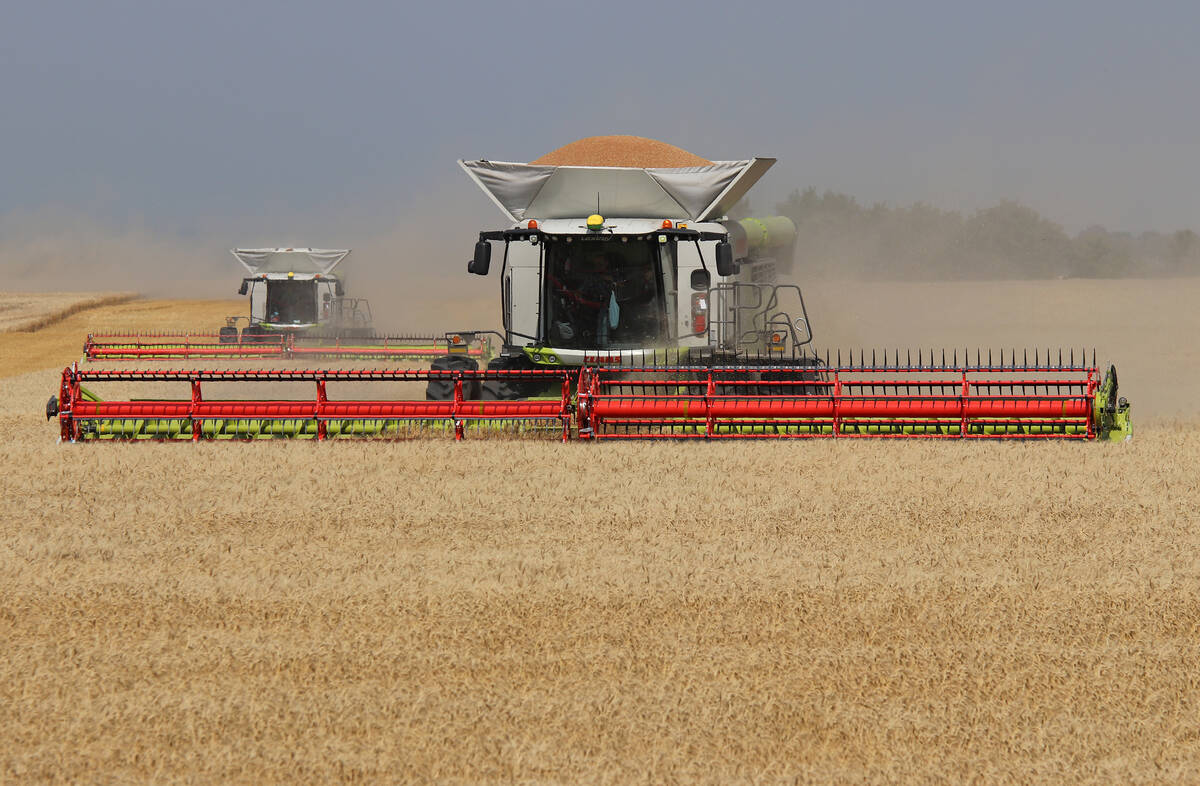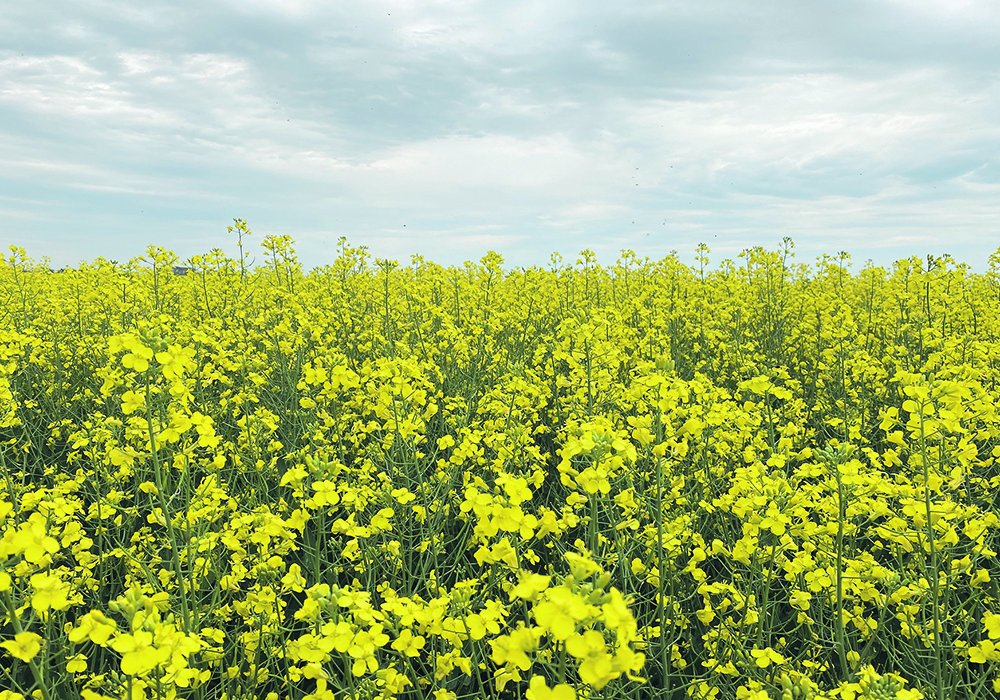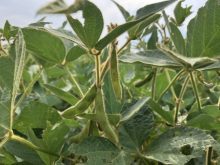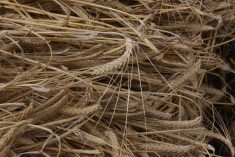Analyst predicts barley, chickpea and soybean acres will also increase while durum, flax, lentils and peas will be down
OTTAWA — There are some winners and losers when it comes to expected seeded acreage this year, said Chuck Penner from LeftField Commodity Research.
He told the Canadian Crops convention earlier this month that his analysis shows a spring wheat “guesstimate” of 19.1 million acres and canola acreage of 22.1 million acres.
The wheat estimate is up five percent from last year, while the canola estimate is up three percent.
Penner said durum acres will likely be down a little bit, while barley goes up about six percent to 7.5 million acres.
Read Also

China’s grain imports have slumped big-time
China purchased just over 20 million tonnes of wheat, corn, barley and sorghum last year, that is well below the 60 million tonnes purchased in 2021-22.
Flax acreage is expected to drop about 23 percent to 600,000 acres.
“That would be the lowest since the (1950s) for flax,” he said.
Corn should hold steady, soybeans will be up marginally and lentils will be down about five percent to 4.1 million acres. Chickpea acres should be up, while peas will be down nine percent.
Penner said his numbers are based on a variety of factors including price sentiment, moisture, diversification, marketing stance, past performance and on-farm crop inventories.
He said tight supplies continue to affect decisions. Last year, everything was a winner, he said, but that has changed.
Ending stocks are about 7.1 million tonnes compared to six million tonnes in the drought year.
“That’s still an extremely tight supply situation from an aggregate perspective,” he said, adding it is 10 million tonnes less than 2013.
Wheat ending stocks are 40 percent below the five-year average and canola stocks are down 60 percent.
Non-durum wheat, durum, barley, canola and lentil supplies are likely to be tight at the end of this crop year.
“That means that we really can’t afford to have any kind of production glitches this year,” Penner said. “There’s really not much cushion.”
On the other hand, oat ending stocks are more than double the five-year average and flax is “sky high.”
“Flax stocks are somewhere around, as a supply-to-use ratio, 71 percent,” he said. “So we basically have 70 percent of the crop already if we don’t produce anything in ’23.”
And there is still 25 percent of the oats needed for next year.
The non-durum supply-to-use ratio is at nine percent.
“Since the open market, that has averaged about 20 percent,” Penner said.
“There’s really no room for error for a bunch of these crops, especially spring wheat and especially canola. There’s a little more room but not much on lentils and durum.”
Penner added that there are a bunch of factors, including the weather and the war in Ukraine, that could change the situation.
Seeded acreage for oats is expected to be down to 2.9 million acres, he said.
















